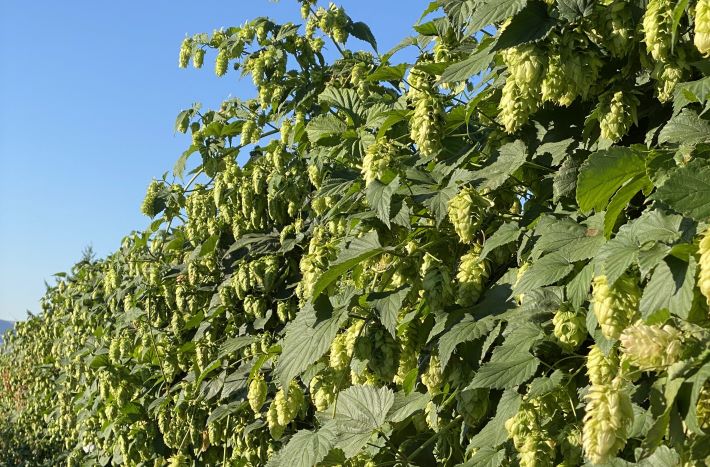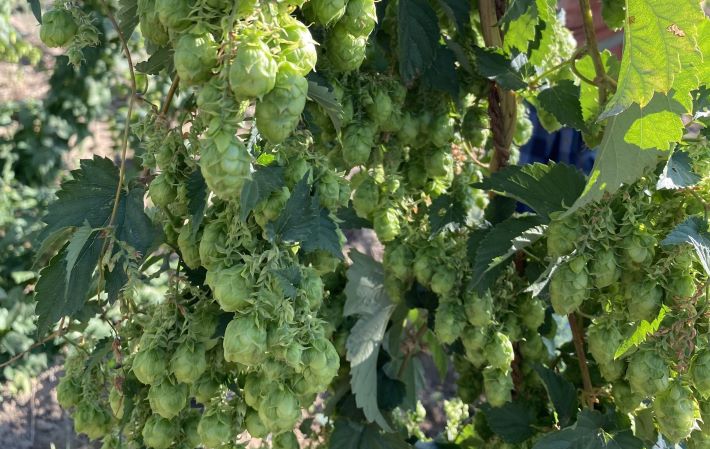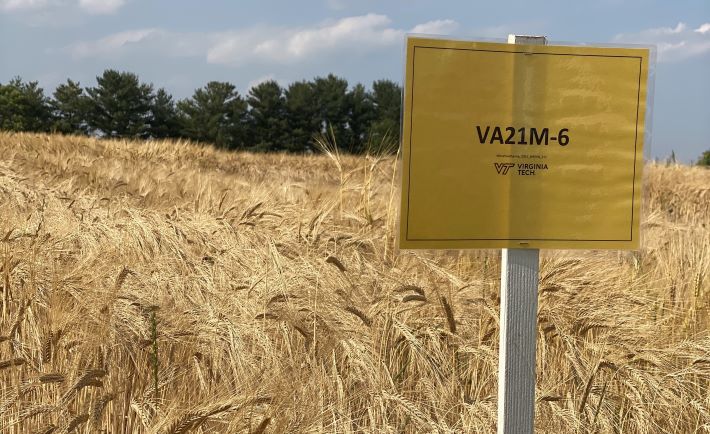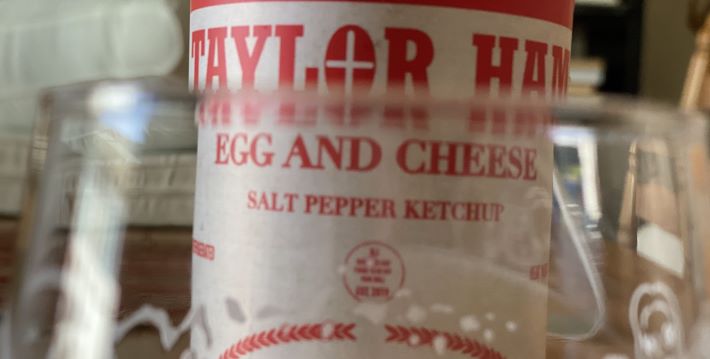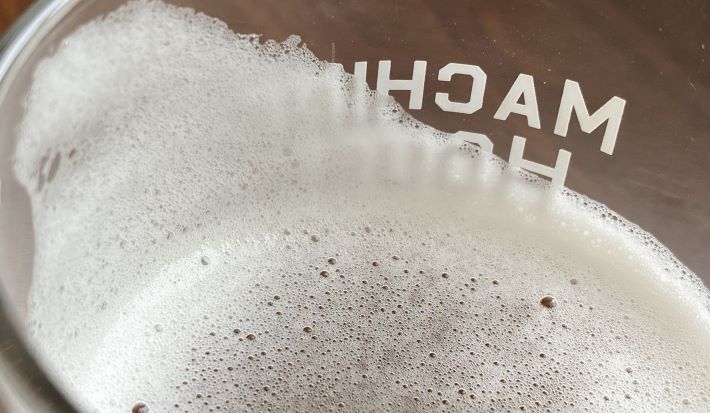
Last week, during two sessions at the Great American Beer Festival and an afternoon at the Denver Rare Beer Tasting conversations with friends fell into two categories: a) pleasure, bouncing between talking about what was in the glass and catching up on life events; and b) the beer business, including if the sky is falling.
The three days were beyond pleasant because there was much more a) than b). On an average Monday here, and this week’s list will be short because three days of GABF festivities were proceeded by three days on Washington’s west coast, there is more b) than a). Thus, in not exactly catching up with what I missed online, this in the last paragraph (buried the lead, Mr. Alworth) of a post mostly about the competition related to GABF, reminded me I might be doing it wrong:
“I have been somewhat dismayed by how much beer chat has turned into industry and/or business chat. Discussions of the pleasurable turn quickly into the salable. The GABF is one antidote to that. People get together in a large hall to select the tastiest beers in the country, and later thousands more gather in an even larger hall to guzzle beer for the sheer pleasure of it. It’s a reminder that the root of our passion isn’t measured in dollars, but something only our tongues and noses can tell us.”
Indeed.
I don’t know that the balance will change here, but let’s start this week’s short-ish list with pleasure before moving on to business.
Did I say pleasure? While Investigating Festbier Boak & Bailey conclude “Festbier is not built for us.” But there is a journey, and discussing what we don’t like is part of understanding what we do.
A new home. That’s a proper pint of Machine House Brewery beer pictured at the top. It was disturbing to read earlier this year that Machine House Brewery had learned its lease was not being renewed. It did not seem like good news. Red brick and archways made the original location feel more “authentic” but owner Bill Arnott speaks well of the new neighborhood, and that ultimately determines how welcoming a pub is.
Speaking of authenticity. I too might be tired of reading about “How Modelo’s Marketing Beat Bud Light,” but this story behind at paywall (story) hooked me with a story about how the brand has leaned into “authenticity.”
As Modelo Especial’s marketing team worked through the final stages of scripting a commercial about a Hispanic matriarch making tortillas from scratch with her granddaughter, company lawyers had a note.
The lawyers wanted to show the grandmother flipping a tortilla with tongs, rather than the traditional, more risky technique of using her fingers. The marketing team pushed back, arguing that the commercial should depict authentic traditions, people involved said.
The final ad released this spring featured a finger-flipped tortilla plus the disclaimer: “Do not attempt.” The commercial abides by Code of Advertising regarding responsible behavior while remaining authentic, Modelo said.
What next, who next? I brought up this story a couple of times Friday and, not surprisingly, the brewers I was talking with hadn’t had time to read it. They promised to and I expect we’ll be talking about it before long. The nut: “As figureheads within the (craft beer) industry depart, it’s not clear who will succeed them—or whether national craft beer figureheads are even possible in an industry that’s increasingly crowded and specialized.” Put another way, change is gonna come, and who will initiate it?
Catching up on Anchor. The Anchor SF Cooperative (ASFC) has grabbed attention with thousands of donations to a GoFoundMe campaign, but their effort to buy the brewery still looks like a longshot. The head of the firm in charge of selling Anchor’s assets “emphasizes that he sees a real opportunity to sell Anchor as a going concern. ‘There’s going to be a future for Anchor Steam.’”
